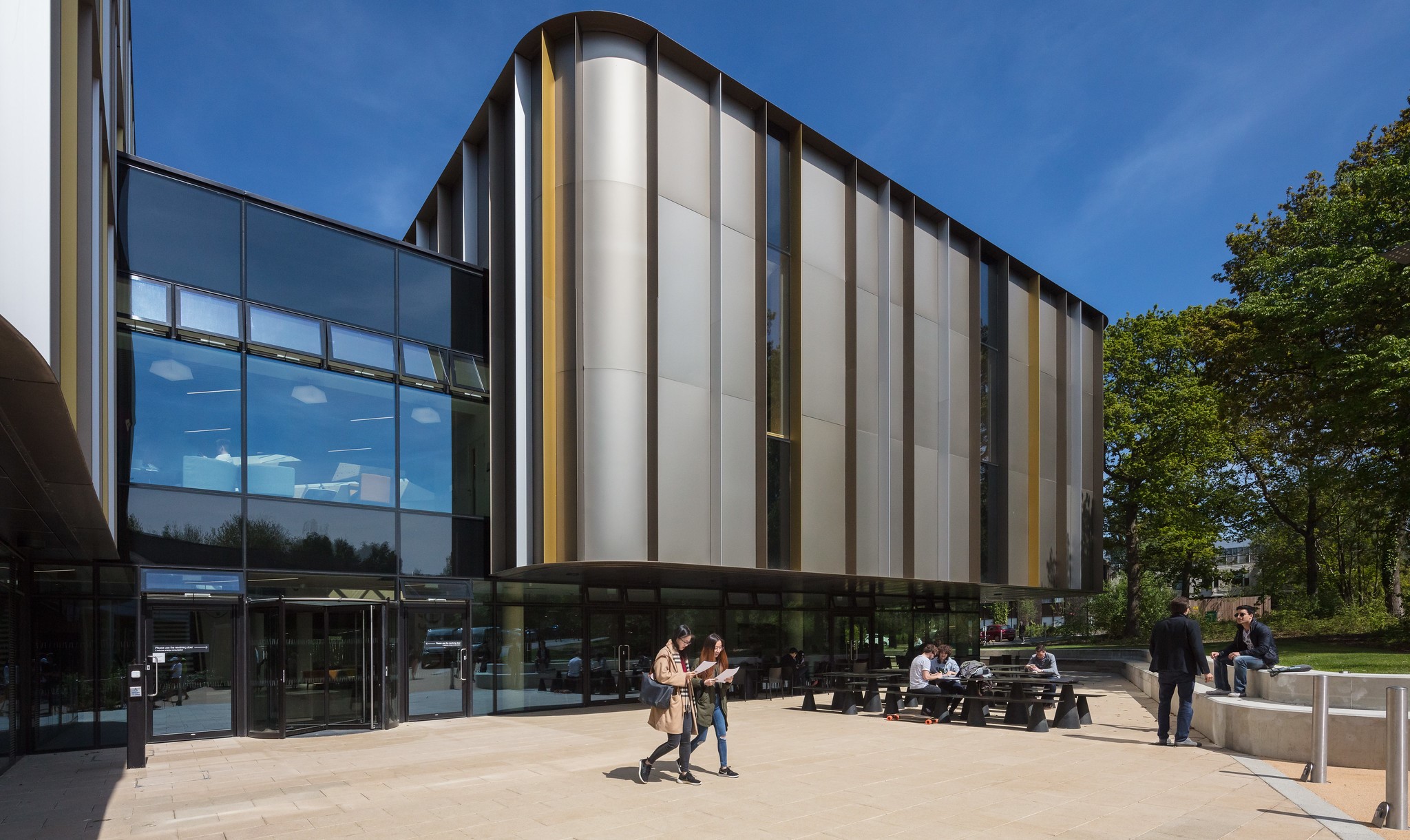This study by a research team including Professor Andrew Fearne of Kent Business School assessed whether retail sales of non-prescription products can be used for syndromic surveillance and whether it can detect influenza activity at different spatial scales. A secondary objective was to assess whether changes in purchasing behaviour were related to public health advice or levels of media or public interest.
At a national scale there was no significant correlation between retail sales of symptom remedies and cases for the whole pandemic period in 2009. At the regional scale, a minority of regions showed statistically significant positive correlations between cases and sales of adult ‘cold and flu’ remedies and cough remedies (3.2%, 5/156, 3.8%, 6/156), but a greater number of regions showed a significant positive correlation between cases and symptomatic remedies for children (35.6%, 55/156). Significant positive correlations between cases and sales of thermometers and antiviral hand gels/wash were seen at both spatial scales (Cor 0.477 (95% CI 0.171 to 0.699); 0.711 (95% CI 0.495 to 0.844)). We found no significant association between retail sales and media reporting or Internet search volume.
This study provides evidence that the British public responded appropriately to health messaging about hygiene. Non-prescription retail sales at a national level are not useful for the detection of cases. However, at finer spatial scales, in particular age-groups, retail sales may help augment existing surveillance and merit further study.
This research was published in the April 2014 issue of British Medical Journal Open.
